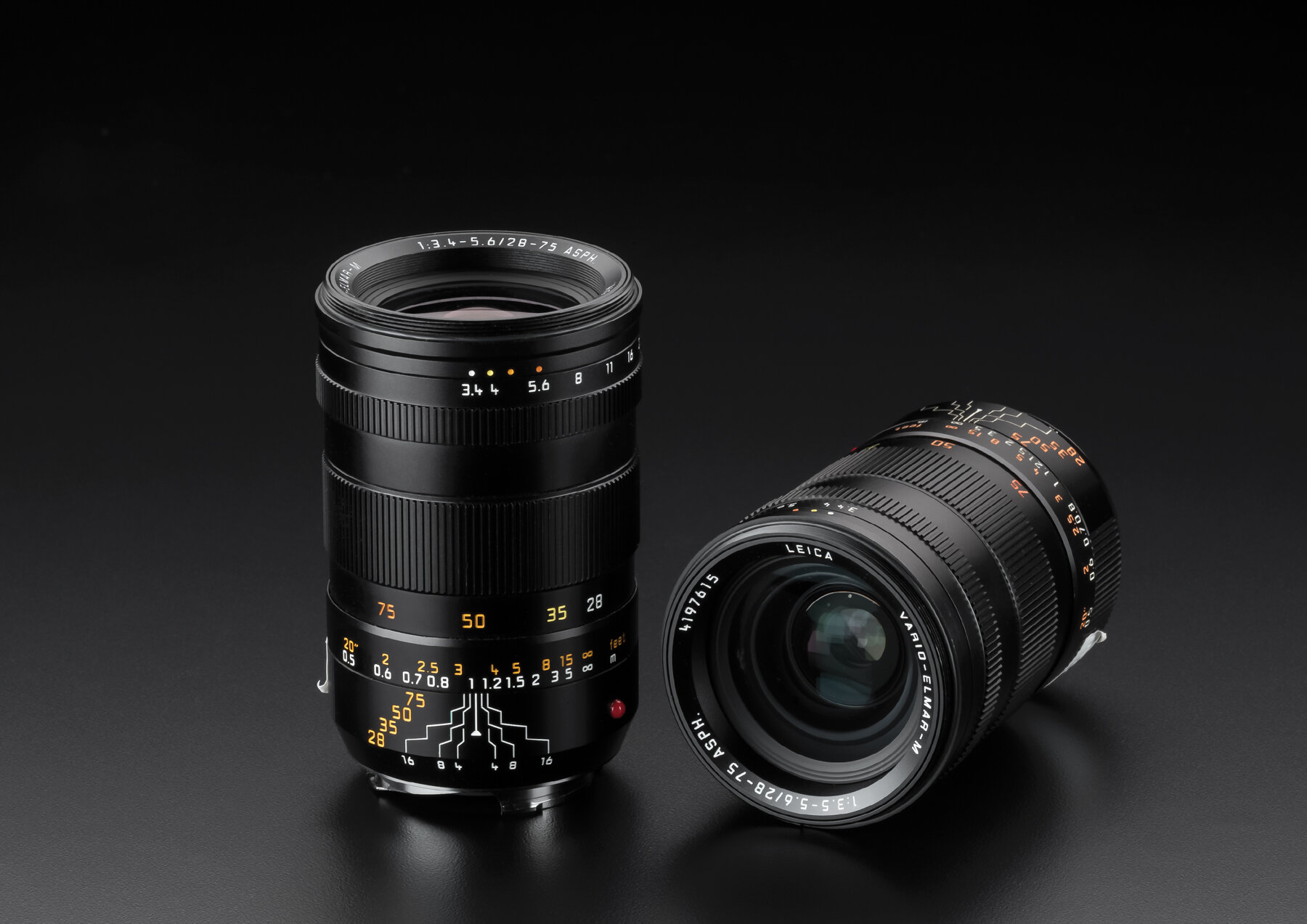Lars Netopil's MUSEUM LEICA
Those of us who have enjoyed Lars Netopil’s two prior books displaying notable rare to unique Leica items in beautiful large-format images will be most happy to learn that he has recently published yet another volume in what might be thought of as a series. It is actually two books in a slipcase, each the same size as the prior offerings.]
The Museum referred to in the title is the Leica Factory Museum in Leica AG’s recently opened new home in Wetzlar’s Leitz Park. Included in the new books are images of rare cameras (starting with Prototype 3 and the Ur- Leica), many design studies, cameras that were developed but not commercially produced, unusual lenses, and various unexpected one-off pieces. The book’s subtitle states that items from the Rolf Fricke Collection are included; that is because Rolf ’s collection is now part of the Factory Museum’s collection. It should be noted that while the presentation of items is in rough chronological order, there is no attempt to be completionist in the manner of other surveys of rare Leica equipment. We are given many items, but all from the existing museum collection; some items are however portrayed in depth, with several images. The photography is again performed by Wolfgang Sauer, as in the immediately prior volume RareLeica, utilizing a Leica S (007), with a 120/2.5 Apo-Macro-Summarit CS for all equipment images. As in the prior volumes, the images are lighted against a dark background. A real attempt has been made not to duplicate items in Lars’ prior books, so that all the books so far more or less dovetail with each other.
Layout of the books is again expertly done by David Pitzer. Full bleed images (or images groups) are preceded in each section by a brief commentary, then by labeled thumbnails of the images to come. This makes for an airy, modern-looking presentation. Unfortunately (a hobby horse of mine, I fear), once again some images are double-truck with the gutter running in their middle. But to work around this by having foldouts of these images would greatly add to the thickness of each book, increase its expense, and likely make the books more fragile.
In the first book we are given SM and M cameras, including work on the digital M’s. The second volume has special editions including some presentation cameras, SLR cameras, digital compact camera studies, the Maestro attempt at a Four Thirds format, smartphones; and then lenses, military Leica, and finally: Leica copies, third party lenses for Leica, and third party cameras using Leica lenses. Once again it should be emphasized that the items pictured do not attempt a comprehensive overview of each subject, but rather show, gloriously in my opinion, some of the museum pieces available in each category.
I am showing in this review three images from the books that especially caught my attention. First is a full frontal view of the Ur-Leica. While I have seen the Ur-Leica close up and in person, nothing prepared me for the impact of this image, which on an initial glance I thought, against logic, could be a hologram! The double-truck image of the Ur-Leica in the book is several times larger than this Viewfinder images, so it has maximum impact. It is fully a foot wide!
The second image chosen is of an early Leicaflex, but a sample clad in white leather with a chrome lens. I burst out laughing at this one, especially thinking how inaccurate the metering might be with the reflection caused by all that whiteness. My second thought was how beautiful it was. See what you think.
Thirdly, we have an experimental M zoom lens, a 28 - 75 / 3.4 - 5.6 Vario-Elmar-M ASPH. If I remember correctly, rumors were that several samples of this lens were made, but I am not certain of its date, and had never seen it depicted. Unlike the 28 - 35 - 50 Tri-Elmar (but not apparently the WATE), this lens was a true zoom and could be used at in-between settings.
There is much in these books, obviously, for the in-depth Leica historian who wants to learn what those talented and industrious Leitz and Leica designers actually worked on; and plenty for folks who just like beautiful pictures of rare Leicas. For those of us of all categories who relish beautiful books, locate your white gloves and order the books.
Books can be ordered from LFI Shop online.
Or from Lars Netopil Classic Cameras, directly
Price: 179
incl. VAT, plus shipping costs




